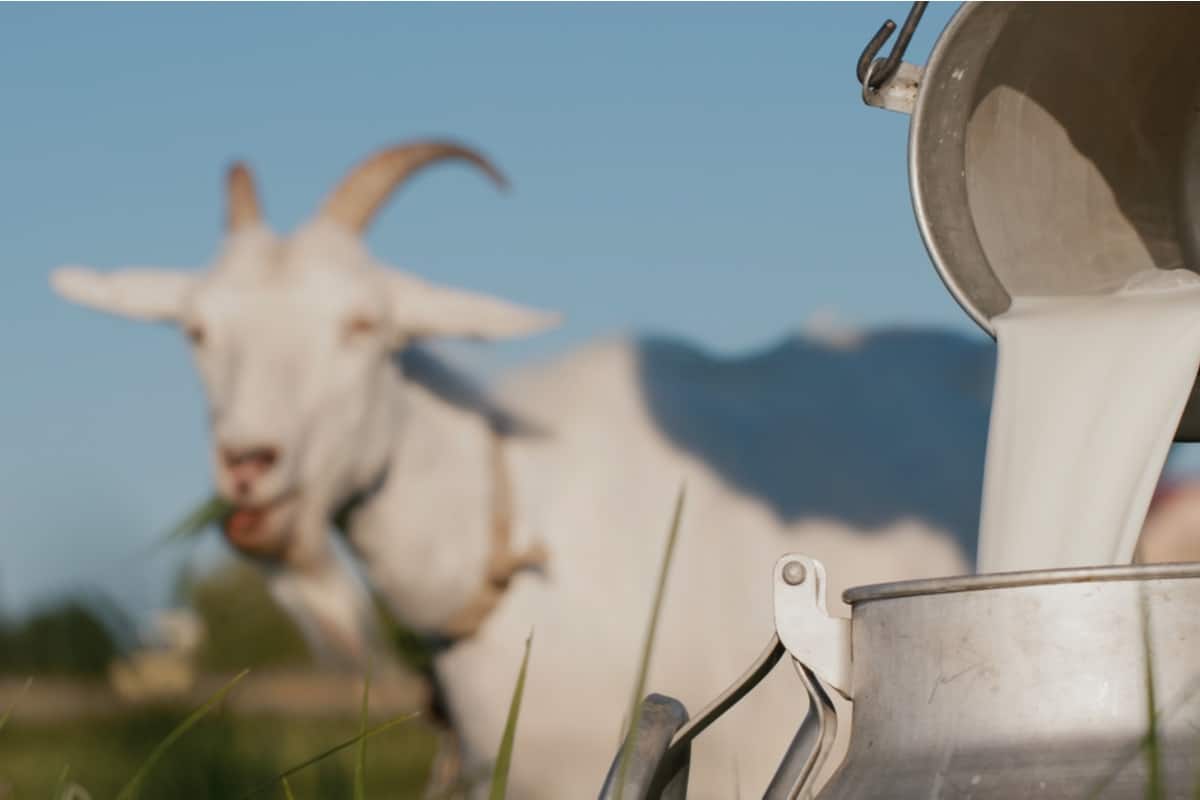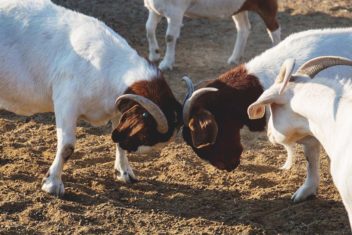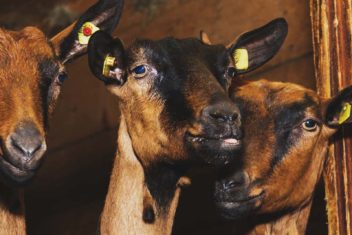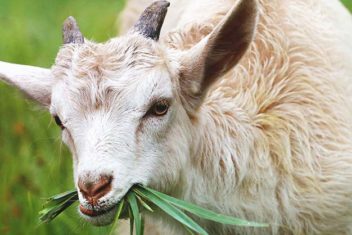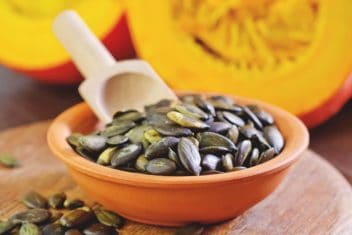It’s no secret that goat’s milk is delicious – and filled with all kinds of nutrients that make it a wonderful alternative to cow’s milk.
However, not all people would agree with the first part of that assessment – that it’s delicious. Although I like the taste of goat’s milk, I know many people who turn their noses up at goat’s milk, preferring to sip on a cold glass of cow’s milk or even (gasp!) soy milk instead.
Goat’s milk, when produced properly, does not have a goaty flavor. However, many people have been turned off from the idea of drinking goat’s milk because they’ve had a bad experience in the past.
There are, fortunately, many things you can do to improve the taste of goat’s milk – and to recruit more goat’s milk enthusiasts later on down the road.
Benefits of Goat’s Milk
There are countless benefits associated with drinking goat’s milk. Although it might not be the most popular milk of choice in the US, it is the most commonly consumed type of dairy in the world as a whole.
It is not only thicker and creamier than cow’s milk but it also has more nutrients than both cow and plant milk.
It is easier to digest, making it a suitable alternative to cow’s milk for people who have allergies or lactose intolerance.
Goat’s milk also contains a variety of nutrients and benefits that can lead to better heart health. It’s high in vitamin A, protein, calcium, and many other essential nutrients.
What Gives Goat’s Milk its Flavor
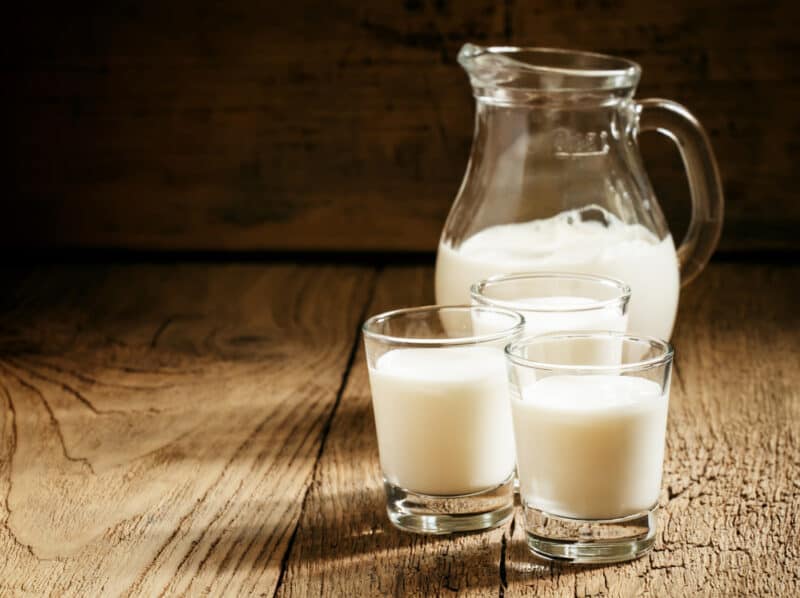
There are all kinds of factors that go into the flavor of goat’s milk. Although you may not be able to detect them, there are subtle differences among individual goats and their milk. Everyone is unique!
Fresh goat and cow milk, when both produced correctly, should taste almost the same. However, that is rarely the case, largely because goat’s milk often isn’t handled and stored in the same way.
It gets its flavor primarily from the presence of short- and medium-chain fatty acids. These are present in all milk, but in goat’s milk, you may detect various “aftertastes” that are grassy or goaty. These, again, often have to do with how the milk was processed.
Tips for Better Tasting Goat’s Milk
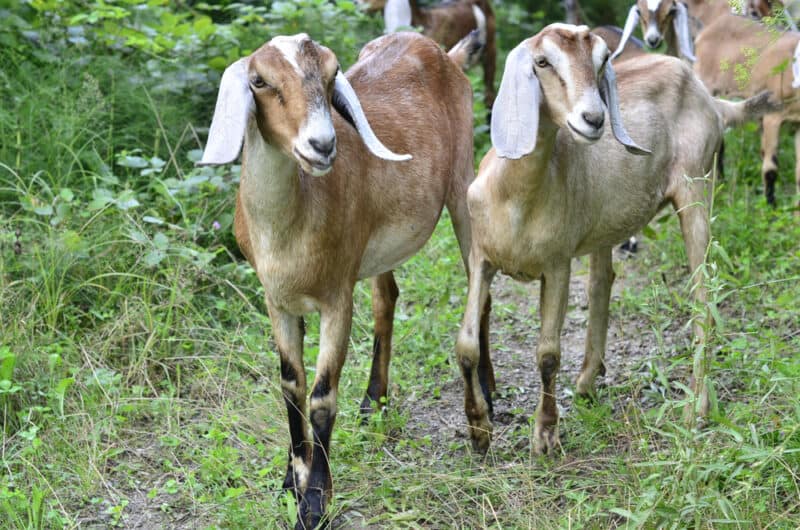
Ready for the best-tasting goat’s milk of all time? Follow these tips for success!
1. Consider the Breed
Certain breeds of goats are better for milk production than others. This has to do with how much milk they produce, of course, but also its flavor.
Those with higher levels of butterfat are the best breed to raise. Some good options include La Manchas, Nubians, Saanens, and Alpines. There are others out there too, of course, but if you want great milk, look to these breeds.
2. Adjust the Diet
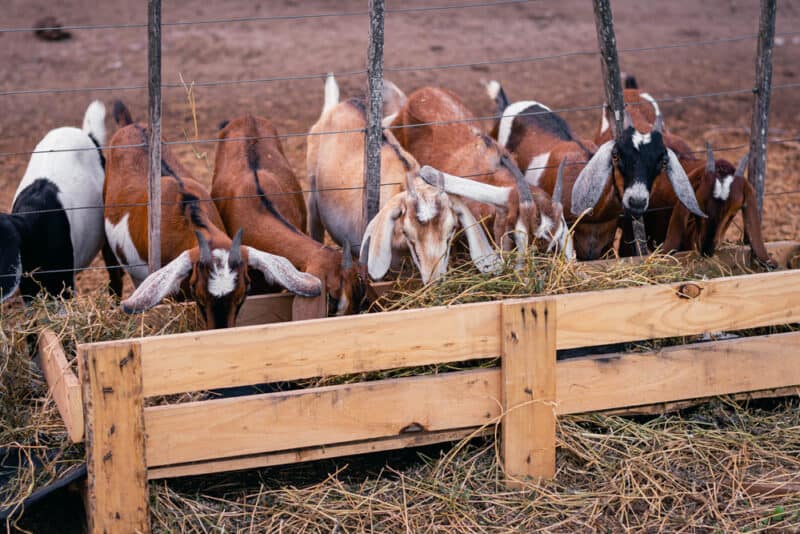
You are what you eat – and that’s true when it comes to goat’s milk, too.
Consider what your goats are eating. Goat milk can take on an odd flavor if you feed them foods like garlic, onions, or chives. Kelp is another ingredient that can affect the taste of the milk.
Play around with your goats’ diets to see what might be causing an odd flavor. Not all goats process these flavors in the same way so you may notice a difference between one and not the other.
3. Filter the Milk
Filtering your milk can help, too. Once you get inside, pour the milk from your bucket or jars into fresh jars after passing it through a filter. This will help keep dust, hair, and other debris out of the milk.
Use a stainless steel (not plastic) funnel when you do this.
4. Keep Things Clean
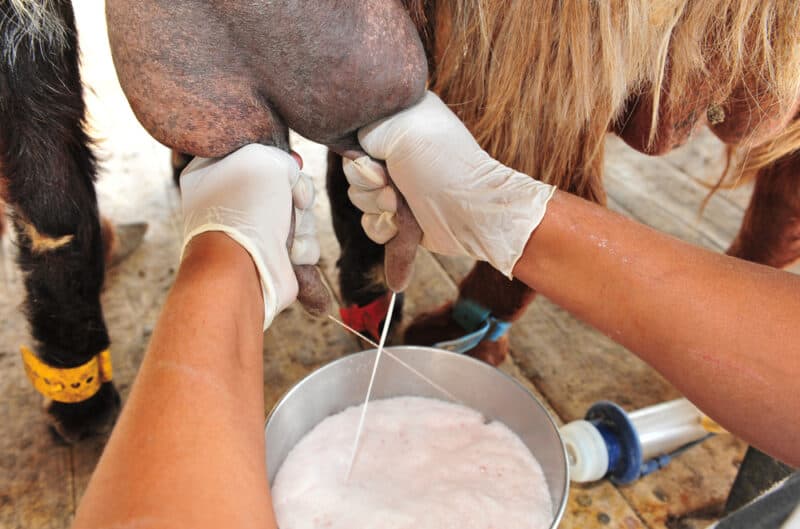
You can’t expect to produce great-tasting goat’s milk if nothing in your set-up is clean.
This sounds like a no-brainer but so many people overlook this.
Make sure your barns, storage facilities and equipment, and of course, the goats themselves, are as clean as possible. Use different mats for each milk and hose them down each day. Remove dust or cobwebs that accumulate in the barn. Keep flies away.
When it comes time to milk your goat, make sure the udder is both clean and dry. It’s common for soiled bedding to stick to a goat and as you can imagine, those flavors don’t translate nicely into the milk.
Take the time to clean the udders before you milk. It only takes a few minutes – and it can make a world of difference. Plus, when you wash with warm water and massage the udders, it can encourage a better flow of milk. You might end up saving time later on.
5. Use Ice Baths
I’ll tell you a bit more later about why it’s so important to keep your milk cold, but for now, just know that you should always keep an ice bath in your fridge.
Why?
When you bring your milk inside, you can put the jars inside of it to cool it down ASAP. Just a bucket filled with ice is all you need.
6. Keep Bucks Away
There’s no sugarcoating this one – bucks stink.
That’s especially true when they’re in a rut. When you’re milking, make sure the bucks are downwind so their odors can’t seep into the milk.
7. Avoid Using Plastic
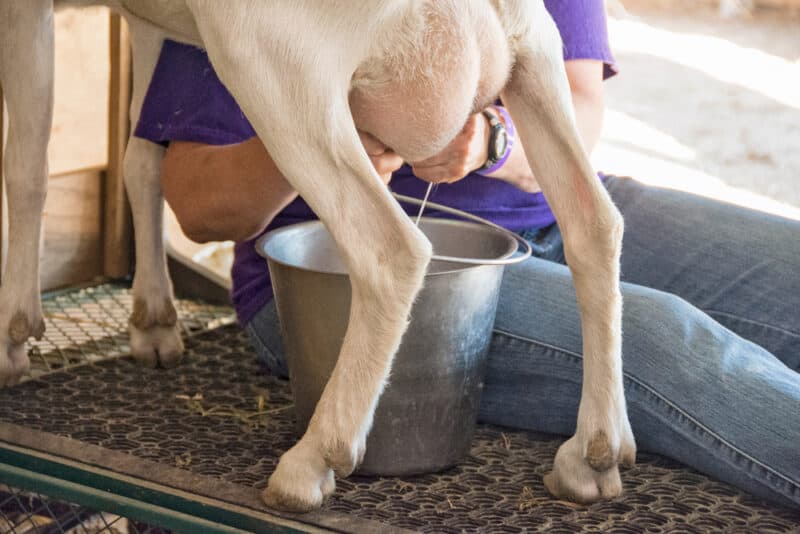
Whenever possible, avoid using plastic containers. It’s no secret that plastic is not great for our health, and it also has a tendency to absorb odors.
Just think of all the odors in your barn. It’s probably odors that you don’t want to transmit to a glass of milk. Use a stainless steel milk pail instead and you won’t have to worry about that.
8. Make Sure All Containers Are Cold
Another tip is to keep all of your containers cold. If your milk tastes funny, there’s a good chance that you’re not cooling it down fast enough.
Like all milk, goat’s milk is warm when it comes out of the udder. The goal should be to get it to 38° as fast as you can. Don’t let it sit in the barn for longer than necessary.
If you have multiple doses of milk, a simple solution is to freeze a few mason jars the night before. Put the jars into a cooler when you go to milk, then pour the milk from each goat into the chilled jar and return it to the cooler.
This will also let you keep track of how much milk each goat is producing, which can be helpful from both a production and medical standpoint.
9. Mind the Health of Your Goats
Keep track of your goats’ health to make sure you’re getting the best quality milk. Any kind of health issues in your goat can cause the milk to taste off or goaty.
All kinds of infections and viruses can impact the taste of the milk.
Once you treat the disease, the bad flavor typically goes away. Mastitis, for instance, is an inflammation of the udder (the mammary gland). This causes a physical and chemical reaction in the milk that can make it taste bad, along with other symptoms in the doe.
Left untreated, mastitis can be extremely dangerous for the lactating doe.
Fortunately, it can be prevented by ensuring a sanitary living environment for your goat. Reducing stress and trauma can help you avoid this issue with the milk as well.
Improve Genetics for the Best Tasting Milk
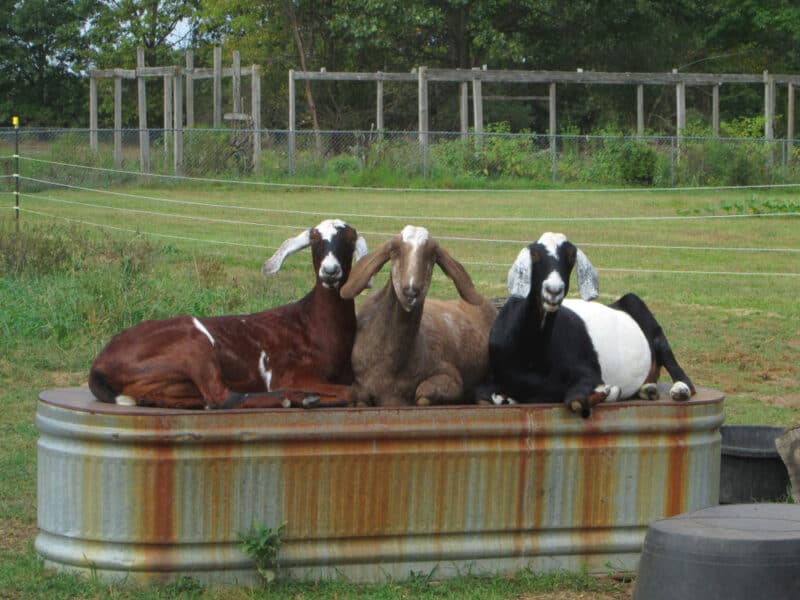
Consider the above factors when you’re trying to decide why the milk from your goats tastes a bit strange.
If you still aren’t fond of the taste, it might be time to consider genetics. The milk from one doe could taste goaty while the milk from another individual in the same herd might not. Work to improve your genetic lines in the herd and over time, you may find that you like the taste of the goat milk much more.
Sit down and enjoy a glass of goat’s milk today! When done correctly, it tastes great – and is great for you, too.
